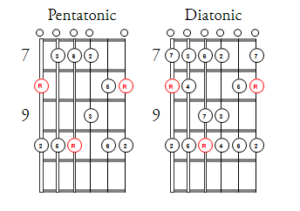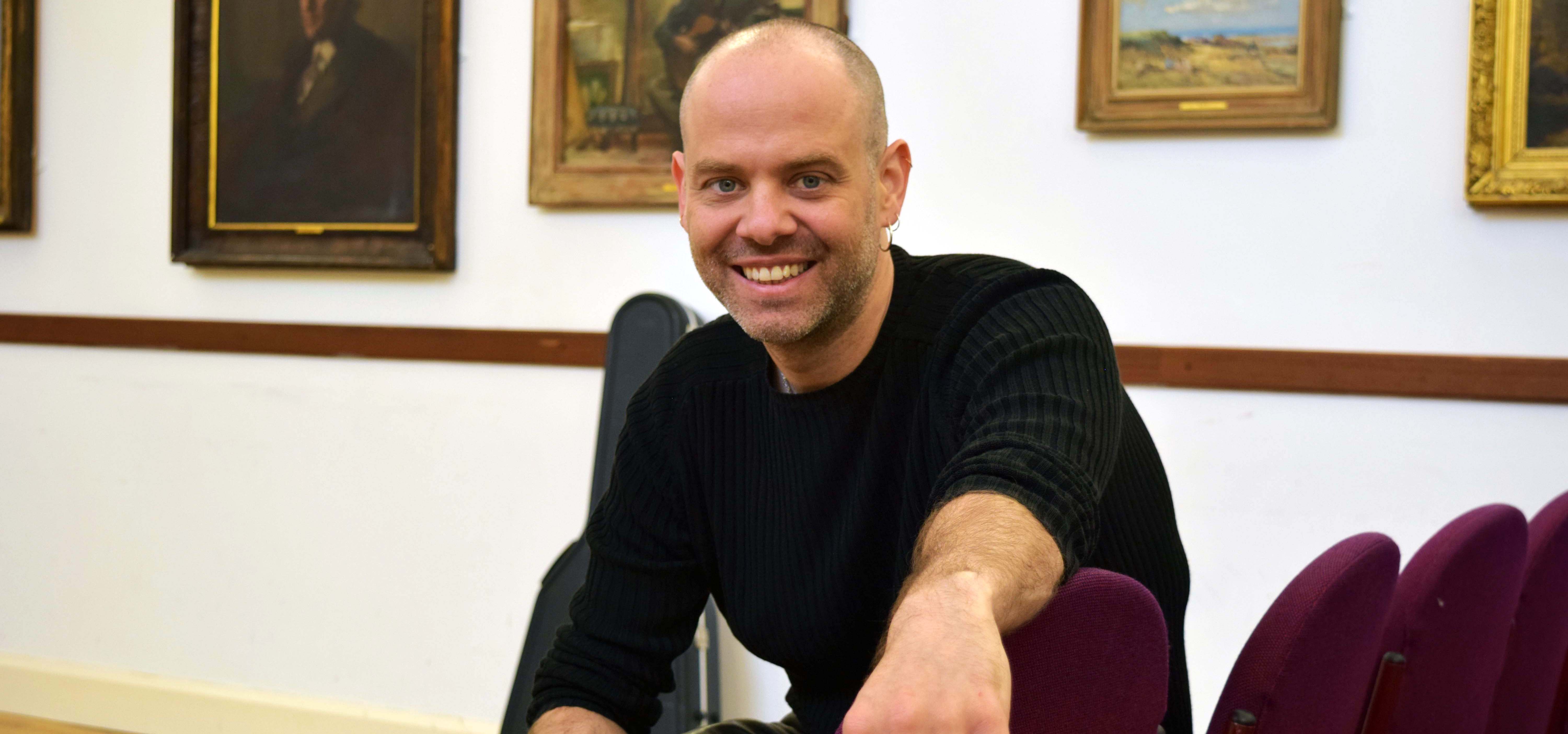
CAGED System: E Shape
This lesson delves into the E shape of the CAGED system and how it helps to learning classical guitar pieces.
So how does learning a box shape system, normally associated with rock guitar and improvisation help us learn classical guitar pieces? That is what this lesson will continue to explore using another segment from Agustin Barrios’ Las Abajas. (If you missed the first post, it is on the C shape).
If this is all new and strange check out this introductory post on the CAGED system. It will explain CAGED fully and show how to use it to memorize pieces.
Shape & Scales
The E shape is derived from one of the first open string chords ever learnt on the guitar – E major. This shape also has two scale systems associated with it – the diatonic and pentatonic. Check out a basic play through in the video above.

Once they are learnt in the open position with the C root notes it is possible to move that entire box up or down the fretboard. So depending on which key you are in, all you need do is find the home key note (the tonic) and everything you have learnt about that shape and in that shape travels with you. Cool, huh?
Take a look below to see the G shape transposed up a fourth into F major, which is where we need it to be for the Barrios Bees segment.

Barrios’ Bees
Written in down in two manuscripts, Las Abejas, was composed in 1921 in Uruguay and is dedicated to Barrios’ patron Martin Borda Pagola. The legend that has grown up around this piece is that Borda Pagola locked Barrios in his room when he was staying over, and ordered him to commit some of compositions to paper. Thus we have “The Bees”, as in industrious and hard working, a token of their friendship. It is a fantastic arpeggio study for both hands.
For Las Abajas, the key is F major and that means fret 1 E shape. Getting a handle on playing these means going through the scale and arpeggio shape until they are effortless. Also be able to say and play the scale and arpeggio tones: Tonic/root, 3rd etc. Also watch out for those open strings, and more importantly do not play the open b string. It is a flat in this key and really clangs loud when played after sitting in F major for a bit.

Barrios shows he had an excellent handle of both in and across position playing, and it is all available here in the piece. He switches from scales to arpeggios effortlessly as he invokes a bee moving up and down the fretboard.
Below is the segment of Las Abajas that utilizes the E shape (bars …), if you don’t have a copy you could head over to Amazon.com or Amazon.co.uk for the awesome book by Dr. Rico Stover that has this piece and more.

As you can see in this bar, Barrios sticks to the main notes of of the E shape arpeggio. Moving out into the diatonic scale from beat 3 onwards. He also utilizes the guitar’s best compositional feature (and one Barrios exploits in all of his pieces): the ability to play open strings and fretted notes. Thus allowing us to shift from 1st position to 5th with the open e note on string 1. All this in just one bar!
Here Barrios is using the F major chord tones into the diatonic scale. Nothing more nothing less.
Free Download Below
Clink the link for a short cheat sheet to the CAGED System E shape.
E Shape Cheat Sheet

